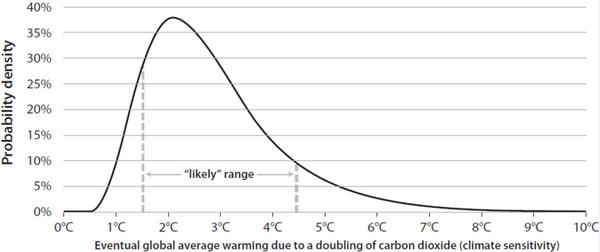Last week, we talked a bit about how the big United Nations climate report had some actually decent(ish) news about how to fix things. That’s because scientists used climate models to plumb the Not Totally Terrible Future. But there’s another future in those models — the Bad Future — and it feels a lot like our present.
In that future, the world fractures, the technology we need to protect the climate stays in the hands of a few, stuff overheats and things frankly suck. Welcome to SSP3, as scientists like to call it, and brace yourself for its warning about the course we’re currently on when it comes to deploying the climate tech we desperately need.

The scariest world that climate models can imagine is … familiar. War. Competing superpowers. Increasing inequality. Rising carbon emissions and boatloads of — so far — empty promises. That’s pretty much the world now. But it’s also one used to model the future climate scenario known as SSP3. The “SSP” part is modelspeak for “shared socioeconomic pathway,” and the “3” part is because it’s the third scenario in a series of five. It’s climate scientists’ most pessimistic scenario, where there are major challenges to mitigation and adaptation; it’s like researchers channeling their inner The Roots to create a world where “things fall apart and tend to shatter.”
We need to confront the Bad Future now. This is a critical decade of climate action, one in which we need clean energy technology to be deployed at an unprecedented scale. Peering through the darkest looking glass could help us understand what could get in the way, and the risks already afoot in our splintering world. In SSP3, the spread of technology slows for a few reasons.
This is the climate era’s version of mutually assured destruction. A ton of carbon emitted anywhere is a threat to human life everywhere. That points to the need for technology, from wind turbines to solar panels to climate-smart agriculture, to be shared with everyone and not just countries that can afford it. Yet in SSP3, that doesn’t happen, despite the manifold benefits.
But SSP3 isn’t necessarily our future.The scenario is just that: a scenario, not our fate. Scientists call it, in typically understated fashion, the “rocky road” scenario, but there are other pathways. The whole goal of the SSPs is to show us a range of possibilities from hell on Earth to something far more pleasant.
The power of human spirit alone isn’t going to be enough to fix the climate problem, though. Policies to foster cooperation and deployment of the technology are needed too. And we should heed the lessons in the climate models as we chart a course forward from the world we have today.




